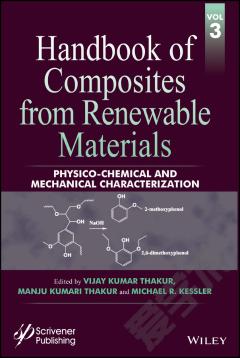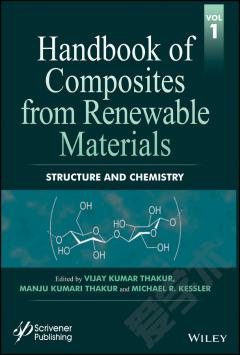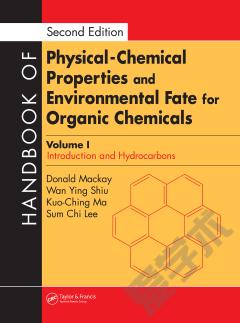Handbook of Composites from Renewable Materials, Physico-Chemical and Mechanical Characterization
The Handbook of Composites From Renewable Materials comprises a set of 8 individual volumes that brings an interdisciplinary perspective to accomplish a more detailed understanding of the interplay between the synthesis, structure, characterization, processing, applications and performance of these advanced materials. The handbook covers a multitude of natural polymers/ reinforcement/ fillers and biodegradable materials. Together, the 8 volumes total at least 5000 pages and offers a unique publication. This 3rd volume of the Handbook is solely focused on the Physico-Chemical and Mechanical Characterization of renewable materials. Some of the important topics include but not limited to: structural and biodegradation characterization of supramolecular PCL/HAP nano-composites; different characterization of solid bio-fillers based agricultural waste material; poly (ethylene-terephthalate) reinforced with hemp fibers; poly (lactic acid) thermoplastic composites from renewable materials; chitosan –based composite materials: fabrication and characterization; the use of flax fiber reinforced polymer (FFRP) composites in the externally reinforced structures for seismic retrofitting monitored by transient thermography and optical techniques; recycling and reuse of fiber reinforced polymer wastes in concrete composite materials; analysis of damage in hybrid composites subjected to ballistic impacts; biofiber reinforced acrylated epoxidized soybean oil (AESO) biocomposites; biopolyamides and high performance natural fiber-reinforced biocomposites; impact of recycling on the mechanical and thermo-mechanical properties of wood fiber based HDPE and PLA composites; lignocellulosic fibers composites: an overview; biodiesel derived raw glycerol to value added products; thermo-mechanical characterization of sustainable structural composites; novel pH sensitive composite hydrogel based on functionalized starch/clay for the controlled release of amoxicillin; preparation and characterization of biobased thermoset polymers from renewable resources; influence of natural fillers size and shape into mechanical and barrier properties of biocomposites; composite of biodegradable polymer blends of PCL/PLLA and coconut fiber - the effects of ionizing radiation; packaging composite materials from renewable resources; physicochemical properties of ash based geopolymer concrete; a biopolymer derived from castor oil polyurethane; natural polymer based biomaterials; physical and mechanical properties of polymer membranes from renewable resources
{{comment.content}}








 京公网安备 11010802027623号
京公网安备 11010802027623号